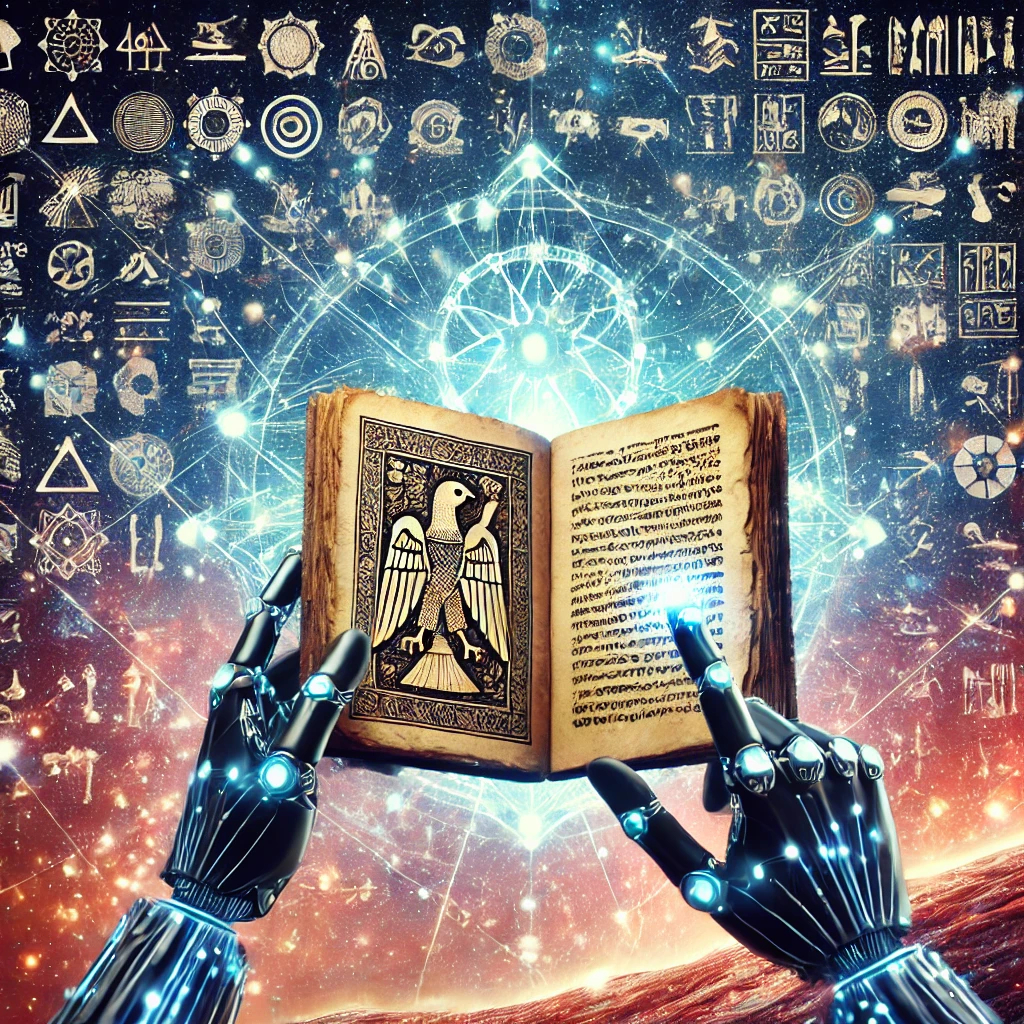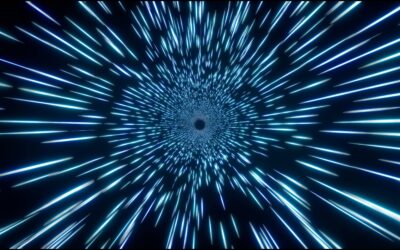The idea of artificial intelligence (AI) recreating long-lost books from ancient civilizations seems like something out of a science fiction novel. However, as AI technologies evolve, this idea is becoming increasingly plausible. Using powerful algorithms, deep learning models, and advanced linguistics, AI may be able to generate millions of texts that were thought to be lost forever. Here’s how AI, based on current literature and research, could bring back ancient knowledge from millennia ago.
1. Data Collection and Analysis of Historical Texts
AI can analyze existing historical texts, inscriptions, and surviving fragments to uncover patterns in language, narrative structure, and cultural references. By examining millions of ancient texts from all over the world, AI can detect similarities and differences between cultures and time periods. This allows the technology to create a detailed understanding of how texts were written and structured.
For example, Greek tragedies are partially lost, but AI could analyze remaining works and predict how missing sections might have been written. By interpolating the style, AI could recreate parts of these tragedies with remarkable accuracy.
2. Reconstruction of Lost Languages
Many ancient languages are only partially understood or have evolved over time, making it difficult to decipher older texts. AI can fill in these gaps by using linguistic models to predict how languages evolved. By applying mathematical models to the grammatical, phonological, and syntactical changes that occur over centuries, AI can reconstruct these ancient tongues.
This process could be particularly useful for extinct languages like Linear A from Minoan civilization, where AI could build on fragmentary knowledge to reconstruct more complete versions of these texts.
3. Rebuilding Cultural Narratives Through Pattern Recognition
Ancient literature often followed recurring cultural themes—mythologies, moral lessons, and philosophical dialogues. AI can look at surviving literature and recognize these overarching themes across different cultures and time periods. By doing so, AI can fill in gaps in ancient stories and reconstruct the core narratives lost to time.
For example, fragments of the Epic of Gilgamesh have been found, but much is still missing. AI can compare Gilgamesh’s narrative with similar epics like Homer’s Iliad or the Indian Mahabharata to generate plausible reconstructions of the lost sections.
4. Machine Learning and Text Generation
By using advanced machine learning models, AI can “learn” the writing style of ancient authors and generate new texts that mirror their work. These deep learning models are trained on vast corpuses of ancient literature, allowing them to predict the structure, style, and vocabulary an ancient author would likely have used.
For instance, scholars only have fragments of pre-Socratic philosophers like Heraclitus. By feeding AI the remaining fragments along with similar philosophical works, the AI could generate plausible extensions of his lost teachings.
5. Filling in the Gaps from Textual Fragments
Many ancient works exist only in small fragments, either due to natural degradation or destruction over the centuries. By analyzing these fragments and using advanced text-prediction algorithms, AI can predict how the rest of the text might have unfolded.
For instance, the Dead Sea Scrolls consist of numerous incomplete manuscripts. Machine learning models trained on these scrolls and similar biblical texts could help predict missing passages, providing us with a fuller picture of these ancient writings.
6. Leveraging Archaeological Data
Archaeology offers more than just texts; inscriptions, carvings, and even ancient architecture can provide AI with the context it needs to rebuild lost works. By analyzing non-textual data, such as hieroglyphs, sculptures, or iconography, AI can extract cultural and symbolic information to fill in the gaps left by lost texts.
For example, when dealing with lost Egyptian literature, AI could integrate symbols and religious themes found in tombs or temples, providing a better approximation of what the ancient texts might have contained.
7. Synthesis from Secondary Sources
Many lost works are known through references in other surviving texts. AI can synthesize information from these secondary sources to reconstruct the original content. AI could use references to lost texts in the works of other ancient writers to piece together a more complete understanding.
For instance, most of Aristotle’s works are lost, but we know about them through the writings of later philosophers. AI could analyze these references and use them to regenerate a version of Aristotle’s lost teachings.
8. AI-Driven Generative Literature
Beyond merely reconstructing lost works, AI has the potential to create entirely new literature in the style of ancient authors. While this wouldn’t replace the originals, it could offer a glimpse into how ancient authors might have expanded on existing texts or created new ones, based on their known works.
For instance, while we only have a few surviving poems by Sappho, AI could generate new poetry in her style, mimicking her themes of love, nature, and personal reflection, providing a fuller picture of her contributions to ancient literature.
Challenges and Limitations
While AI can offer powerful insights and plausible reconstructions, there are limitations. AI’s models are only as good as the data fed into them, and recreating ancient works will always involve an element of speculation. Human creativity and unique cultural factors can be difficult to fully capture in algorithms, meaning these recreations will never be exact.
However, as AI continues to develop, the possibility of recreating lost texts from millennia ago offers a tantalizing glimpse into the knowledge and stories that may yet be rediscovered. Through careful analysis, advanced modeling, and deep learning, AI may bring humanity closer to unlocking the mysteries of our ancient past, one lost book at a time.
Conclusion
The prospect of using AI to generate long-lost ancient books represents a thrilling intersection of technology and history. With the power of deep learning, linguistic analysis, and cultural pattern recognition, AI holds the potential to recreate texts from long-extinct civilizations. While these recreations may not be exact, they offer us a valuable tool for understanding our shared human heritage and filling in the gaps left by the passage of time. As we continue to refine AI technologies, the lost knowledge of ancient civilizations may not be as lost as we once thought.




